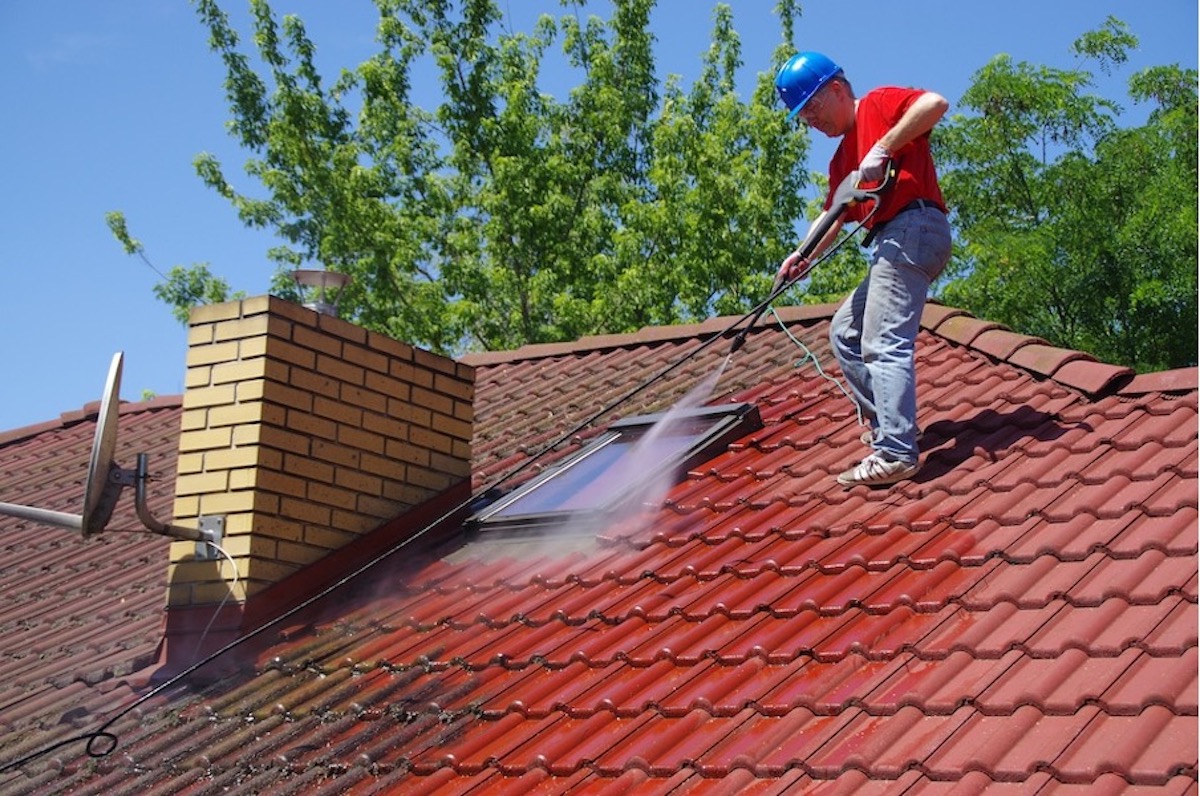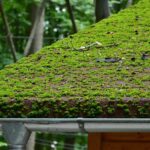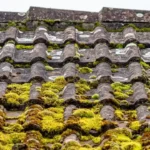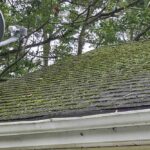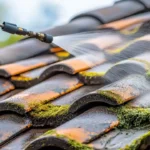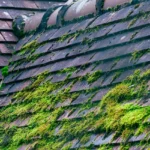Keeping up with roof maintenance is crucial for homeowners. A roof is one of the most important parts of any home, providing protection from the elements. Yet, many owners neglect their roofs until serious problems arise. Recognizing the signs of poor roof maintenance can prevent expensive repairs and ensure the longevity of your roof.

Why Roof Maintenance Matters
Roofs endure a lot harsh weather, falling debris, and wear over time. Regular roof maintenance helps in identifying issues early, preventing costly damage. A well-maintained roof not only protects your home but also enhances its aesthetic appeal and value.
Signs of Poor Roof Maintenance
1. Missing or Damaged Shingles
One of the most visible signs of poor roof maintenance is missing or damaged shingles. Shingles play a critical role in protecting the roof from water damage. When they’re cracked, curled, or absent, it’s a clear indication of neglect. Regularly inspecting and replacing damaged shingles can prevent leaks and other issues.
2. Water Stains and Leakage
Water stains on ceilings or walls indicate possible leaks from the roof. Leaks can lead to mold growth and structural damage if not addressed promptly. It’s essential to fix leaks as soon as they are discovered. For more on preventing leaks, visit prevent roof leaks.
3. Sagging Roof
A sagging roof suggests significant structural issues and is a severe sign of poor roof maintenance. This could result from water damage, excess weight, or poor construction. Immediate professional inspection is necessary to determine the cause and appropriate remedy.
4. Granules in Gutters
Finding granules in your gutters is a subtle yet telling sign of poor roof maintenance. These granules are part of the protective layer on shingles, and their presence in gutters indicates that shingles are deteriorating. Regular gutter cleaning can help in identifying this issue early. Learn more about effective gutter cleaning at ladders for cleaning.
5. Increased Energy Bills
If you’ve noticed a sudden spike in your energy bills, your roof might be the culprit. Poor insulation due to damaged roofing can lead to heat loss in winter and excess heat in summer. Addressing this issue can improve energy efficiency and reduce utility costs.
Additional Indicators of Neglect
6. Algae and Moss Growth
The presence of moss or algae on your roof might look charming but is a red flag for poor maintenance. These organisms can trap moisture, leading to shingle damage and leaks. Regular cleaning and maintenance are crucial to prevent such growth. For more cleaning techniques, check remove sap.
7. Rusted Flashing
Flashing is used to seal areas where the roof intersects with other structures like chimneys and vents. Rusted or damaged flashing can lead to leaks and water damage. Regular inspections can help identify and fix flashing issues before they escalate.
8. Peeling Exterior Paint
Peeling paint around your roofline is often a result of poor ventilation or water damage. It’s an indicator that moisture is seeping through, which could be due to faulty gutters or damaged roof components.
9. Poor Ventilation
Proper ventilation is crucial for maintaining a healthy roof. Inadequate ventilation can lead to increased humidity, promoting mold growth and shortening the lifespan of your roof. Ensure your attic is well-ventilated to avoid these issues.
10. Unpleasant Odors Indoors
Musty or unpleasant odors inside your home can be a sign of mold growth due to roof leaks. Mold is not only damaging to your home’s structure but also poses health risks. Immediate action is required to address the source of the moisture.
Preventing Poor Roof Maintenance
11. Regular Inspections
Scheduling regular roof inspections is essential in identifying early signs of damage. Professional inspections can reveal issues that might not be visible to the untrained eye. For more on what to look for, visit roof inspection.
12. Timely Repairs
Addressing repairs promptly can prevent minor issues from becoming major problems. Whether it’s fixing a leak or replacing missing shingles, timely action is crucial in maintaining a healthy roof.
13. Seasonal Maintenance
Each season brings different challenges for your roof. Preparing your roof for seasonal changes can prevent damage. For winter maintenance tips, check roof after snow.
14. Cleaning and Debris Removal
Regular cleaning and removal of debris like leaves and branches help in maintaining the roof’s health. Debris can trap moisture, leading to rot and other damage. Ensure gutters and downspouts are clean to prevent water buildup.
15. Professional Help
Engaging professionals for roof maintenance ensures comprehensive care. Experts can provide valuable insights and services that enhance the longevity of your roof. For advice on professional services, consider visiting roof maintenance habits.

FAQ Section
How often should I inspect my roof?
It’s advisable to inspect your roof at least twice a year, in spring and fall, and after severe weather events.
Can I perform roof maintenance myself?
While minor maintenance like cleaning can be done by homeowners, it’s recommended to hire professionals for inspections and repairs to ensure safety and thoroughness.
What should I do if I notice a leak?
If you notice a leak, address it immediately to prevent further damage. Contact a roofing professional to assess and repair the issue promptly.
In conclusion, understanding the signs of poor roof maintenance and addressing them proactively can save homeowners from costly repairs and extend the life of their roofs. Regular inspections, timely repairs, and professional assistance are key to maintaining a durable and efficient roof.
This article contains affiliate links. We may earn a commission at no extra cost to you.



